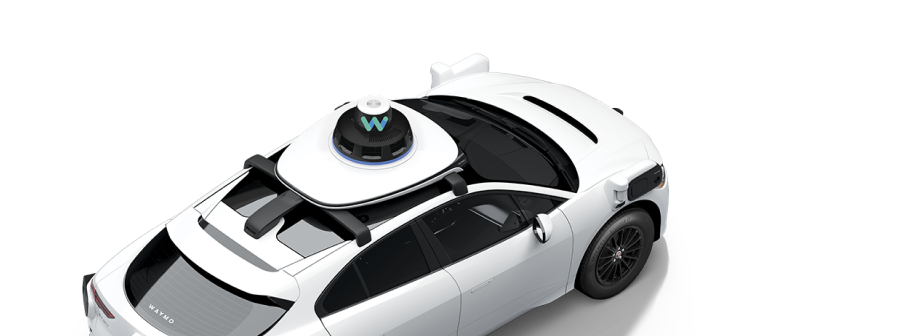A need for the right speed: finding a pace for learning
November 2015
This month, one of our cars received some attention after being stopped by a Mountain View police officer who queried us for traveling 24mph in a 35mph zone. Here are answers to the most common questions we heard.
The Mountain View Police wrote that your prototype vehicles are considered “neighborhood electric vehicles” — why did you choose to build one of these rather than a full speed automobile?
From the very beginning we designed our prototypes for learning; we wanted to see what it would really take to design, build, and operate a fully self-driving vehicle — something that had never existed in the world before. This informed our early thinking in a couple of ways. First, slower speeds were easier for our development process. A simpler vehicle enabled us to focus on the things we really wanted to study, like the placement of our sensors and the performance of our self-driving software. Secondly, we cared a lot about the approachability of the vehicle; slow speeds are generally safer (the kinetic energy of a vehicle moving at 35mph is twice that of one moving at 25mph) and help the vehicles feel at home on neighborhood streets.
Doesn’t this mean your prototypes can’t travel on a lot of roads?
In California our prototypes are allowed to travel on roads with speed limits up to 35mph. Most roads in Mountain View are 25mph because they’re quiet residential streets, so our prototype fits right in. On the larger boulevards where the speed limit is 35mph, there are usually 2 or 3 lanes so other cars can go around us — and during rush hour, no one is moving anywhere close to 25mph! (Our Lexus vehicles are capable of traveling faster). We appreciate other drivers sharing the road with us and we welcome feedback from Mountain View and Austin residents.
What happens when an emergency vehicle comes along?
A siren is often the first sign of a fire truck, police car or ambulance nearby. We’ve built up a library of various sirens (such as the long wail of a fire truck and the short shrills of an ambulance) and taught our software to identify them. As soon as we’re alerted, our cars drive more conservatively (e.g., slowing down a bit or avoiding entering an intersection) until we have a better sense of where the sirens are coming from. Even if sirens aren’t sounding, our cameras are on the lookout for emergency vehicles and are designed to detect flashing lights. So if a fire truck is coming through an intersection, we’ll stop and let it through. Or if an emergency vehicle is approaching from behind, we’ll slow down and pull over until we know it’s safe to resume the journey.


